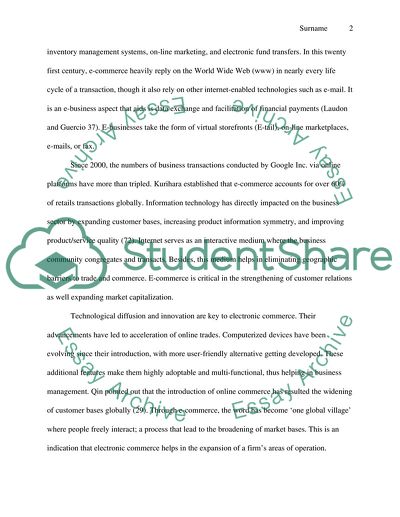Cite this document
(“Management of information Systems Essay Example | Topics and Well Written Essays - 1250 words”, n.d.)
Retrieved from https://studentshare.org/information-technology/1690344-management-of-information-systems
Retrieved from https://studentshare.org/information-technology/1690344-management-of-information-systems
(Management of Information Systems Essay Example | Topics and Well Written Essays - 1250 Words)
https://studentshare.org/information-technology/1690344-management-of-information-systems.
https://studentshare.org/information-technology/1690344-management-of-information-systems.
“Management of Information Systems Essay Example | Topics and Well Written Essays - 1250 Words”, n.d. https://studentshare.org/information-technology/1690344-management-of-information-systems.


